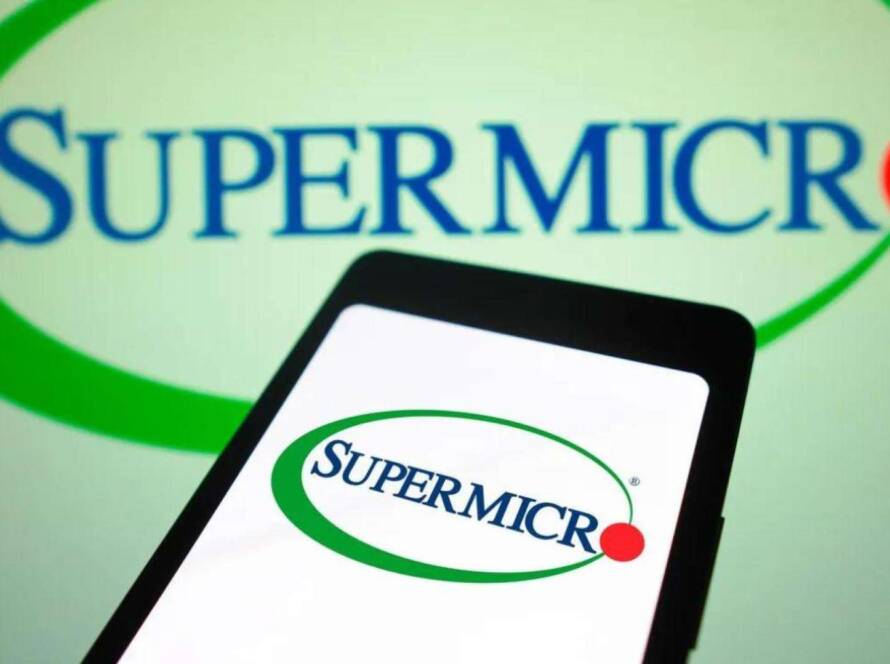Table of Contents
Understanding Retirement Healthcare Costs: The EBRI Study Insights
For many Americans, the financial burden of healthcare during retirement can exceed their total savings. Alarmingly, Medicare often falls short in covering these expenses.
The Importance of Planning for Healthcare Expenses
Healthcare represents a significant portion of retirees’ budgets, making it essential to prepare adequately. A recent analysis by the Employee Benefit Research Institute (EBRI) highlights this critical issue, revealing that retirees should anticipate substantial out-of-pocket costs despite having Medicare coverage. These expenses encompass various elements such as insurance premiums, deductibles, and prescription medications.
If you’re looking to navigate retirement planning effectively—especially regarding healthcare financing—consider consulting with a financial advisor who can provide tailored guidance.
A Closer Look at Healthcare Costs for Retirees
The range of potential healthcare costs in retirement is vast and often unpredictable due to fluctuating factors like mortality rates, local living expenses, government program changes, and market performance. The EBRI’s research aims to address these variables by utilizing a model that incorporates current Medicare provisions alongside demographic lifespan variations.
The findings are striking: even with supplemental insurance commonly referred to as “Medigap,” men typically require around $166,000 set aside specifically for their healthcare needs in retirement. For women—who generally have longer life expectancies—that figure rises to approximately $197,000; couples may need an average of $318,000 combined.
These figures starkly contrast with the median savings held by households approaching retirement age (65 years or older), which stands at just $87,725—a sum that falls significantly short when compared against projected healthcare expenditures alone.
A major factor contributing to this gap is the structure of the Medicare program itself. While many perceive it as a straightforward universal health coverage solution for seniors, its reality is far more complex and fragmented than most realize. Historically designed primarily for hospital stays and select doctor visits rather than comprehensive care options; updates have been made over time—including partial drug coverage under Medicare Part D—but retirees still face considerable out-of-pocket responsibilities.
Most households manage these additional costs through various means including supplemental insurance plans or Medicaid (a distinct program). This combination can lead to high premiums alongside unexpected out-of-pocket spending burdens.
The Two Faces of Medicare: Traditional vs Advantage Plans
A key determinant affecting overall medical expenses lies in which type of Medicare plan individuals choose—Traditional or Advantage plans each come with unique benefits and limitations:
- Traditional Medicare: Covers essential services like hospital stays (Part A), doctor visits (Part B), and some drug costs (Part D). However it entails higher out-of-pocket fees while being widely accepted across providers.
- Medicare Advantage: Offers additional benefits such as enhanced prescription drug coverage and dental care but operates through private insurers leading potentially lower payments yet fewer provider options available compared to Traditional plans.
The EBRI study indicates that those opting for a Medicare Advantage plan could see reduced overall spending requirements—with men needing about $96,000 versus women’s average requirement at around $113,000—to meet their health-related financial obligations during retirement compared with those enrolled in Traditional plans.
However even these adjusted figures remain above what most individuals possess upon reaching age 65!
The Growing Challenge Ahead
No iteration of the current system provides exhaustive health coverage; from medication prices through long-term care services—the limitations are evident! According to research conducted by Kaiser Foundation nearly 90% of retirees rely on some form of supplementary health insurance due largely because traditional programs fall short.
Low-income seniors might qualify under Medicaid while others frequently turn towards third-party Medigap policies designed specifically fill gaps left behind by standard offerings—all incurring monthly premiums ranging between approximately $130-$300!
Coping With Rising Costs
Regardless which route you take there will always be extra expenditures associated every option available today! Even basic enrollment into original medicare requires deductibles copays & premium payments catching many off guard who assumed they’d receive free access entirely.
Supplemental insurances add further layers complexity along patient contributions required within medicaid programs leaving numerous treatments uncovered altogether!
As medical prices continue escalating coupled longer lifespans plus potential cutbacks from employers/government alike—it’s crucial families brace themselves financially preparing accordingly so they don’t find themselves overwhelmed later down road! Consulting an experienced financial advisor could prove invaluable when assessing projections/options tailored uniquely towards individual circumstances.
Your Path Forward: Key Takeaways
The latest insights from Employee Benefit Research Institute reveal staggering statistics regarding anticipated retiree health-related expenditures surpassing typical account balances held upon retiring.
Your Retirement Planning Checklist:
- Assess Medical Expenses: Factor realistic estimates into your overall budget ensuring sufficient funds remain post-medical bills.
- Consult Financial Advisors: Leverage expertise offered via platforms like SmartAsset connecting you directly vetted professionals ready assist navigating complexities surrounding personal finances.
- Establish Emergency Funds: Maintain liquid reserves accessible without risking volatility found within stock markets protecting against unforeseen situations arising unexpectedly!
Consider comparing high-interest savings accounts available today maximizing returns while safeguarding principal amounts invested!





